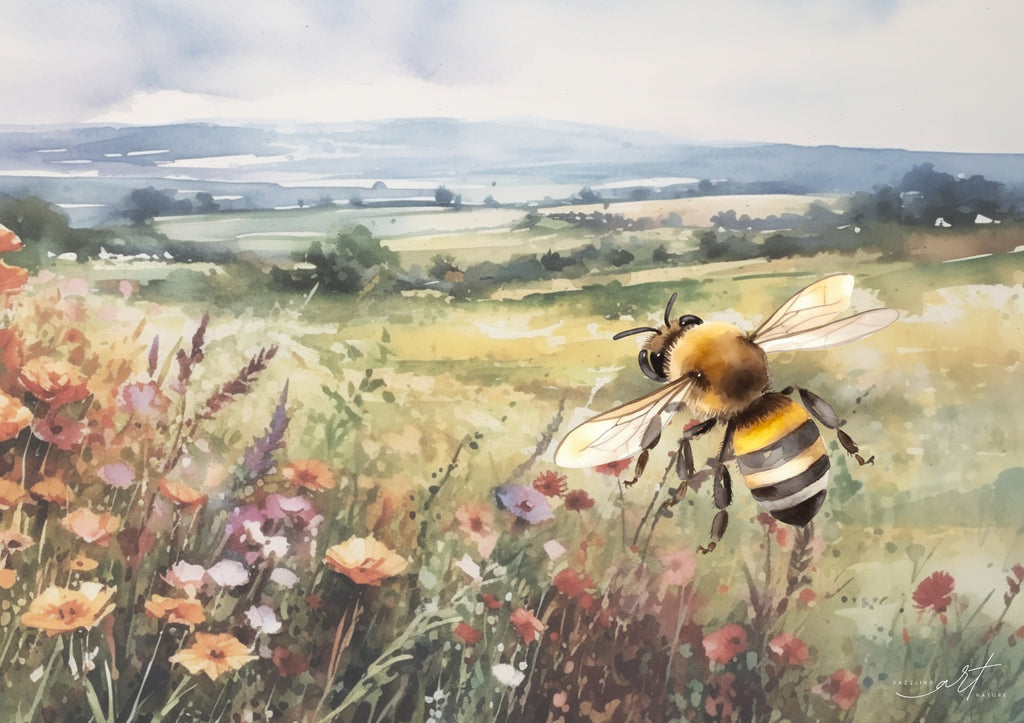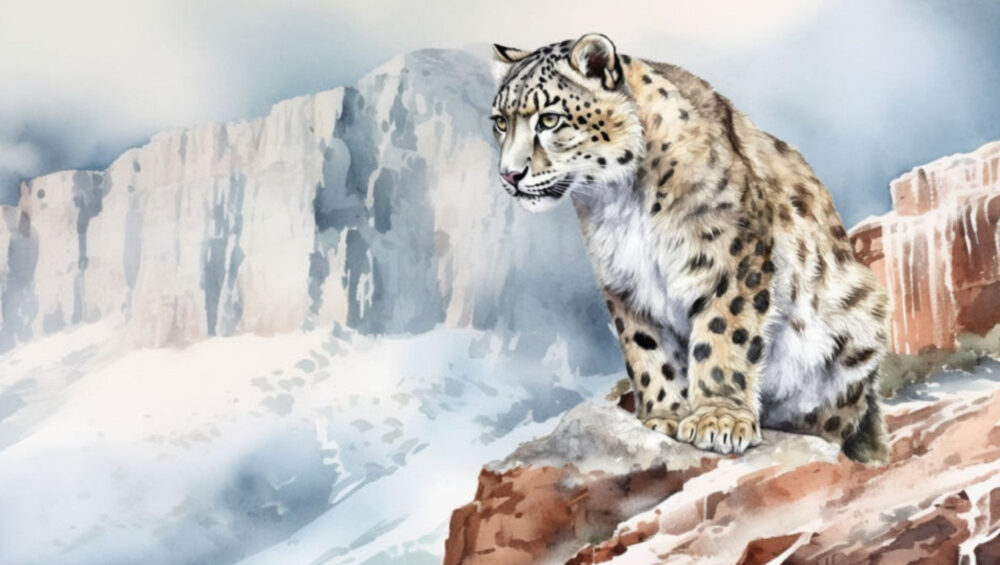INTRODUCTION TO WATERCOLOR ANIMAL PAINTINGS
In the world of art, watercolor animal paintings hold a special place. These beautiful creations capture the essence and beauty of animals in a unique and captivating way. Whether you are an experienced artist or a beginner looking to explore the world of watercolor painting, this guide will provide you with a comprehensive understanding of watercolor animal paintings.
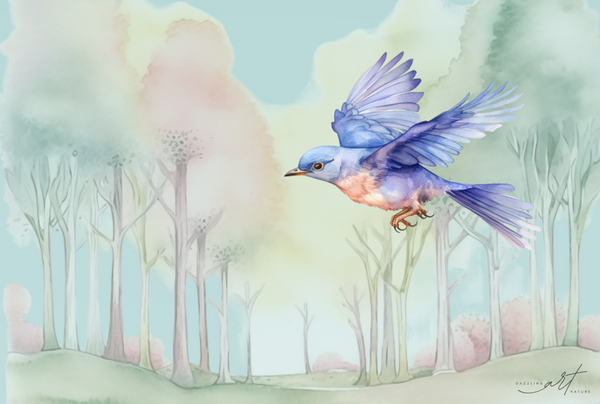
WHAT IS WATERCOLOR ANIMAL PAINTING?
Watercolor animal painting is a technique that utilizes water-based pigments to create stunning and realistic representations of animals. The transparent nature of watercolors allows artists to achieve delicate washes, vibrant colors, and subtle gradations, making it a perfect medium for capturing the intricate details of animals.
Watercolor animal paintings can range from highly detailed and realistic portrayals to more abstract and impressionistic interpretations. Artists have the freedom to experiment with different styles and techniques to bring their subjects to life on paper.
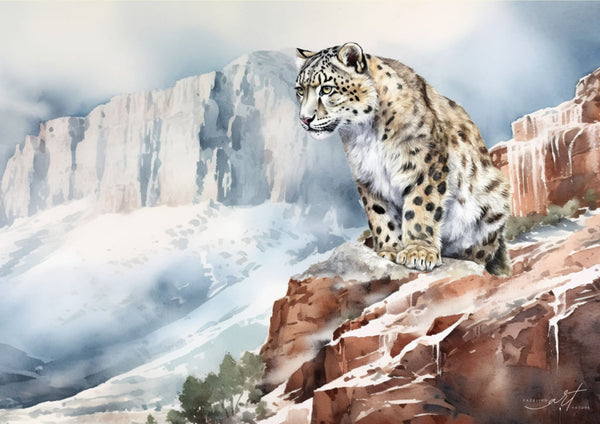
HISTORY OF WATERCOLOR ANIMAL PAINTINGS
The history of watercolor animal paintings can be traced back to ancient times. However, it wasn’t until the 18th century that watercolor gained recognition as a respected medium for animal art. During this period, artists like George Stubbs and Rosa Bonheur popularized the genre with their remarkable animal paintings.
In the 19th century, the popularity of watercolor animal paintings continued to grow, with artists such as Sir Edwin Landseer and Wilhelm Kuhnert becoming renowned for their realistic portrayals of animals in their natural habitats. Today, watercolor animal paintings have evolved to encompass a wide range of styles and techniques, making them a beloved genre among artists and art enthusiasts alike.
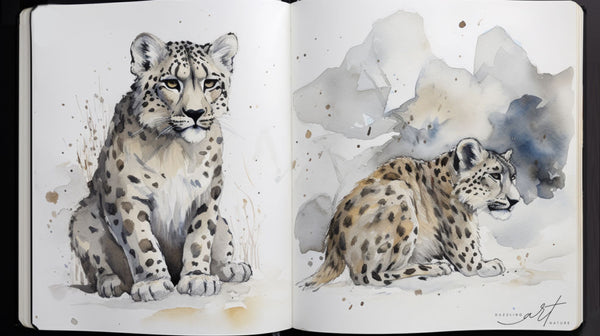
WHY CHOOSE WATERCOLOR FOR ANIMAL PAINTINGS?
Watercolor offers unique advantages that make it an ideal medium for animal paintings. Here are a few reasons why artists choose watercolor for capturing the beauty of animals:
- Transparency and Layering: Watercolor pigments are transparent, allowing artists to build up layers of color to achieve depth and luminosity. This characteristic is particularly useful when capturing the varied tones and textures of animal fur or feathers.
- Expressive and Versatile: Watercolors can be applied in various ways, allowing artists to create a wide range of effects, from soft and delicate washes to bold and vibrant strokes. This versatility lends itself well to capturing the diverse characteristics of animals.
- Fast Drying Time: Watercolors dry relatively quickly compared to other painting mediums, enabling artists to work efficiently and make adjustments as needed. This quality is especially beneficial when painting animals, as it allows for the depiction of movement and spontaneous brushwork.
- Portability: Watercolor paints are available in compact, travel-friendly sets, making them an excellent choice for artists who enjoy painting en plein air or on the go. This portability enables artists to observe and capture animals in their natural habitats.
- Subtle Color Mixing: Watercolor pigments can be easily mixed on the paper, allowing for the creation of subtle color variations and smooth transitions. This quality is particularly advantageous when replicating the complex colors and patterns found in animal fur, feathers, or scales.
By choosing watercolor as your medium for animal paintings, you open up a world of possibilities to express your creativity and bring animals to life on paper. In the following sections, we will delve deeper into the techniques, supplies, and tips to help you get started with watercolor animal paintings.
GETTING STARTED WITH WATERCOLOR ANIMAL PAINTINGS
Embarking on a watercolor animal painting journey is an exciting endeavor. In this section, we will guide you through the essential steps and considerations to help you get started in this captivating art form.
ESSENTIAL SUPPLIES FOR WATERCOLOR ANIMAL PAINTINGS
Before diving into your first watercolor animal painting, it’s important to gather the necessary supplies. Here is a list of essential materials you will need:
| Supplies | Description |
|---|---|
| Watercolor paints | Invest in a high-quality set of watercolor paints that offer a wide range of colors. Look for paints that have good lightfastness and are labeled as transparent. |
| Watercolor paper | Choose a heavy-weight, acid-free watercolor paper that is specifically designed for watercolor painting. The weight of the paper is measured in pounds (lbs) or grams per square meter (gsm). Opt for a weight of at least 140 lbs (300 gsm) to prevent the paper from buckling or warping when wet. |
| Brushes | Select a variety of brushes in different shapes and sizes to achieve different effects. Round brushes are versatile and commonly used for watercolor animal paintings. Consider investing in a good quality sable or synthetic sable brush for finer details. |
| Palette | A palette is essential for mixing and diluting your watercolor paints. You can choose a traditional palette with wells or opt for a folding palette that is easy to transport. |
| Water container | Use a container to hold water for rinsing your brushes and diluting your paints. It’s recommended to have two containers, one for clean water and one for dirty water. |
| Masking tape | Masking tape is useful for securing your paper to a board or easel and creating clean edges on your painting. |
| Pencil and eraser | Use a pencil to sketch your initial drawing on the watercolor paper. Make sure to use a light hand to avoid leaving visible lines. An eraser will come in handy for correcting mistakes. |
| Masking fluid | Masking fluid is a liquid latex compound used to protect specific areas of your painting from being painted over. It can be applied with a brush or a ruling pen. |
| Paper towels or a cloth | Keep some paper towels or a cloth nearby for blotting excess water or paint from your brushes. |
Having these essential supplies at hand will ensure that you have everything you need to begin your watercolor animal painting journey.
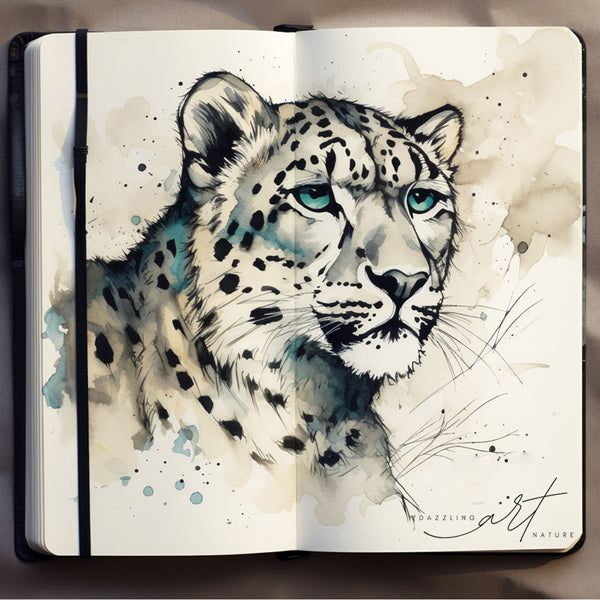
UNDERSTANDING THE TECHNIQUE
UES OF WATERCOLOR ANIMAL PAINTINGS
Watercolor animal paintings involve specific techniques that allow artists to achieve stunning results. Here are some fundamental techniques to familiarize yourself with:
WET-ON-WET TECHNIQUE
The wet-on-wet technique involves applying wet paint onto a wet surface. This technique allows colors to blend and bleed together, creating soft transitions and organic shapes. It is particularly useful for capturing the fluidity and spontaneity of animal fur, feathers, or scales.
To use the wet-on-wet technique, wet your watercolor paper with clean water using a large brush. Then, while the paper is still wet, apply diluted paint to create the desired effect. Experiment with different color combinations and observe how they interact on the wet surface.
DRY BRUSH TECHNIQUE
The dry brush technique involves using a relatively dry brush with minimal water and paint to create texture and fine details. This technique is useful for capturing the intricate textures of animal fur, feathers, or skin.
To use the dry brush technique, dip your brush lightly into the paint and remove excess moisture by dabbing it on a paper towel. Apply the brush with gentle pressure, allowing the texture of the paper to show through. This technique creates a scratchy, textured effect that adds depth and realism to your animal paintings.
LAYERING AND GLAZING
Layering and glazing techniques involve building up multiple transparent layers of paint to achieve depth, volume, and richness in your watercolor animal paintings. Layering involves allowing each layer to dry before applying the next, while glazing involves applying thin, transparent layers over dry paint.
By layering and glazing, you can gradually build up the colors, values, and details in your animal paintings. This technique is especially effective when depicting the various tones and textures found in animal fur, feathers, or scales.
LIFTING AND MASKING
Lifting and masking techniques are helpful for correcting mistakes or preserving specific areas of your painting. Lifting involves removing wet or dry paint from the surface using a clean brush, sponge, or paper towel. Masking involves using masking fluid or tape to protect certain areas from being painted over.
These techniques give you the flexibility to make adjustments and create highlights or intricate patterns in your animal paintings. However, it’s important to use them sparingly and with caution to maintain the integrity of your artwork.
CHOOSING REFERENCE PHOTOS FOR WATERCOLOR ANIMAL PAINTINGS
Selecting the right reference photo is crucial for creating a successful watercolor animal painting. A well-chosen reference photo serves as a guide and inspiration for capturing the essence and character of the animal you wish to paint.
When choosing a reference photo, consider the following factors:
- Clarity and Detail: Look for high-resolution photos that provide clear and detailed information about the animal’s features, textures, and colors. This will help you accurately depict the subject in your painting.
- Composition: Consider the composition of the photo and how it will translate into a visually appealing painting. Look for interesting angles, dynamic poses, or unique perspectives that will make your painting more captivating.
- Lighting and Shadows: Pay attention to the lighting conditions in the reference photo. Strong light and shadow play can add depth and drama to your watercolor animal painting.
- Expression and Personality: Choose a reference photo that captures the animal’s personality and unique traits. This will allow you to infuse your painting with character and emotion.
Remember that reference photos serve as a guide but should not be copied directly. Use them as a reference for proportions, colors, and details, but add your artistic interpretation and style to make the painting your own.
In the next blog post, we will explore the process of creating realistic watercolor animal paintings by understanding animal anatomy, color theory, and capturing textures and fur in watercolor.
